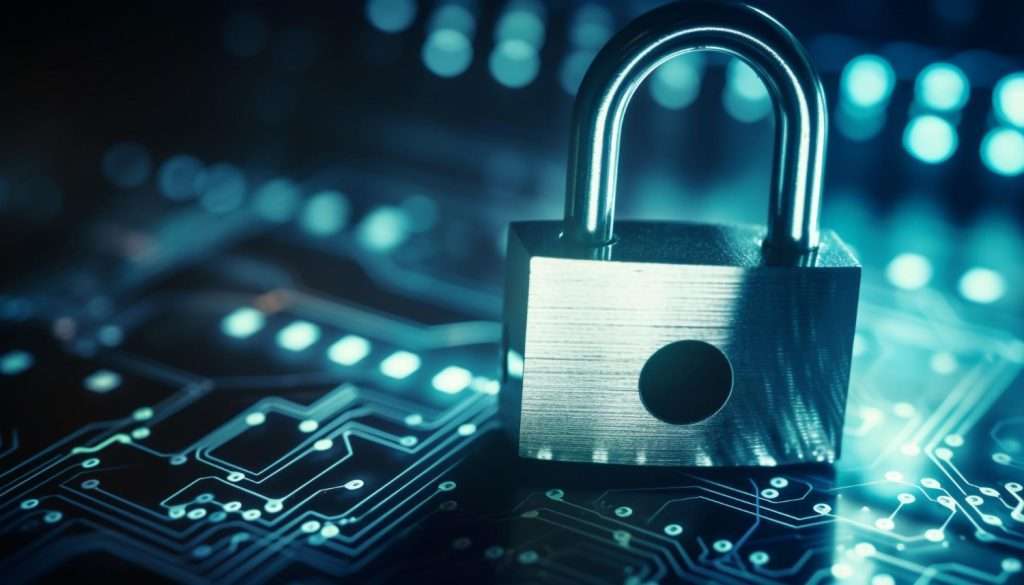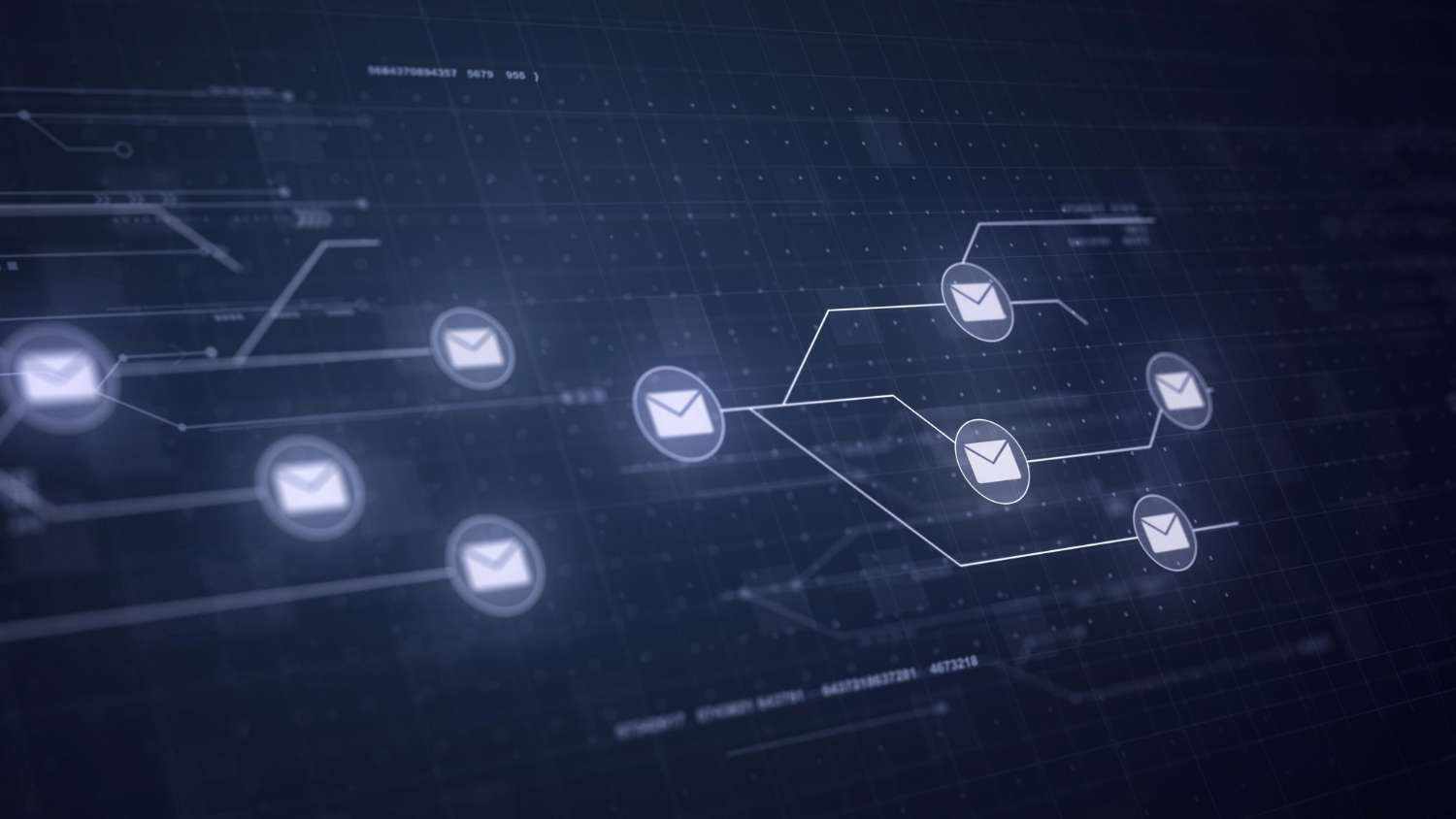In the ever-changing landscape of the digital era, a significant issue that emerges amidst swift progress is the matter of email security. Companies of all sizes, from startup to enterprise-level, grapple with threats spawned by weak email security infrastructure. Sometimes, it’s due to a lack of knowledge about safeguarding sensitive digital assets, but in most cases, it’s simply about staying a step ahead of emergent cyber threats.
The benefit of investing time in understanding and implementing email security best practices is immense. Implementing such practices doesn’t just offer robust security, but also equips businesses and their employees to proactively respond in the face of cybersecurity threats. Essentially, these practices create vigilance, fostering a culture of security and prevention, rather than cure. 🔐
Importance of Email Security
Email remains one of the most common methods for harnessing information and breaking into corporate networks. Hence, employing email security best practices can keep threats at bay and protect your business.
Password Policy
A company password policy should be formulated, communicating the password requirements to all employees. Current advice from entities like NIST asserts that password length, rather than complexity, contributes significantly to password strength.
An example from the tech industry highlights this. Companies such as Google and Facebook emphasize longer passwords that consist of unrelated words, providing added security alongside decipherability for the user. 🔑
Safe Usage
Safe email usage guidelines should be disseminated among employees to prevent exposure to phishing scams or potentially malicious emails. Blocking spam emails and understanding that if offers seem too good to be true, they typically are not.
A pertinent example in this regard is that of German manufacturer, Leoni AG, which lost €40 million to an email scam in 2016 📤. The scam was a simple yet devastatingly effective phishing method targeting weak email security.
Multi-factor Authentication (MFA): Practical Implementation
MFA adds an extra layer of security to emails, safeguarding against account compromise attacks. Accordingly, NIST discourages forced periodic password changes, except following a breach or suspected compromise.
The usage of MFA can be mandated to ramp up email security. If MFA is available for employees’ personal accounts, its usage should be encouraged.
The healthcare industry offers a notable instance of MFA application. The Mayo Clinic adopted MFA across its systems as a major safeguard, thus significantly enhancing its digital security.

Evaluating Email Attachments and Links
Email attachments often serve as trojan horses for malicious code. They can indeed come from trusted sources exploited by cyber attackers. Ensuring employees proceed with caution before opening attachments with executable extensions is crucial.
Regarding link protection, before clicking any link, it should be thoroughly evaluated. Links in emails, even from known senders, should be verified. This can be done by hovering the mouse pointer over the link to see if the actual link differs from the displayed link.
An important case study of the perils of undisclosed link clicking can be found with the U.S. Department of Defense (DoD) computer network breach that caused significant data leakage.
Internet Safety and Data Protection
The practice of regular backups is paramount for email security. Files should be backed up on servers or external hard drives to ensure that in case of an accidental loss, a copy is always available.
Data Encryption
Encrypting email data ensures unauthorized access is restricted during transmission. Emails can automatically be encrypted by using an encryption service during the setup of your email account.
According to a 2022 study by the Ponemon Institute, 62% of businesses now use encryption to safeguard sensitive and confidential information. 📂🔐
Conclusion
Email security, in reality, isn’t just about installing sophisticated digital protections, but equally about cultivating a proactive culture of awareness, safety, and prevention.
By adopting secure passwords, employing MFA, vigilantly evaluating email attachments and links, and adhering to data protection practices like regular backups and encryption, companies can bolster their cybersecurity infrastructure.
And remember, in the evolving digital landscape, staying one step ahead denotes not just survival, but success. 🚀
- Analyzing Patterns in Failed Products - July 25, 2024
- Hybrid Cryptographic Systems - July 24, 2024
- Inadequate Threat Intelligence Integration - July 23, 2024
